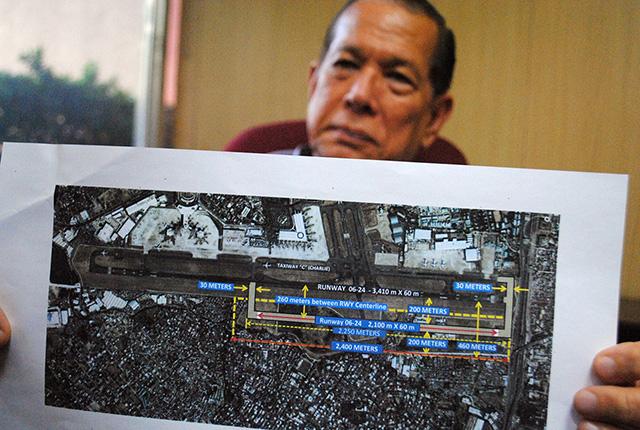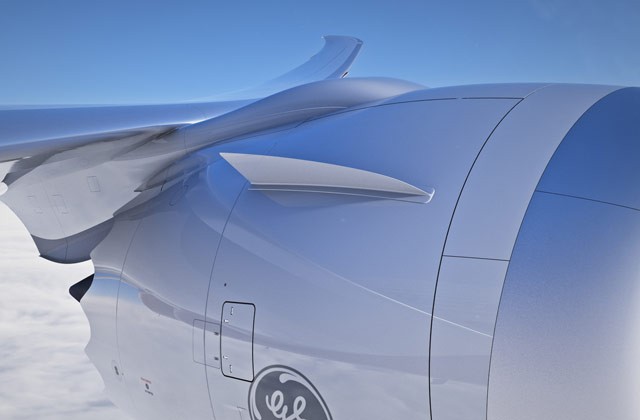Agrees 14 flights per week, Clears New York!
28 May 2014
28 May 2014
Canada has agreed to double the number of flights to the Philippines from the present seven agreed in May 2008 to 14 flights a week today.
Fifth freedom rights to the United States was also increased from four to five times per week upon the request of Philippine Airlines (PAL) which intend to introduce flight to New York via Vancouver in British Columbia, or Toronto in Ontario abolishing seat restrictions in exchange for code share rights. PAL used to fly four of this rights to Las Vegas Nevada before terminating the route in December 2012 due to poor loads.
Air Canada does not fly to the Philippines, but the new Air Services Agreement allow the airlines of both countries to enter into third-country code-sharing. A third country code-sharing happens when airlines like Air Canada for example put their Airline code for PAL flights to New York in the United States which also agree to jointly market the route. Fifth Freedom traffic is usually restricted to 50% of the aircraft capacity calculated in annual basis.
The same agreement calls for the same fifth freedom rights to Canadian carriers from Manila to Australia.
The same agreement calls for the same fifth freedom rights to Canadian carriers from Manila to Australia.
Canada’s Ambassador to the Philippines Christopher Thornley said that PAL is proposing 14 flights a week to Vancouver with onward connections to New York and Toronto.
The air talks were held in Manila from 26 May to 27 May, agreement and confidential memorandum of which were signed today May 28. The air services talks with Canada was originally set for June 27 to 28 meeting but was reset earlier by Canadian transport officials.
The air talks were held in Manila from 26 May to 27 May, agreement and confidential memorandum of which were signed today May 28. The air services talks with Canada was originally set for June 27 to 28 meeting but was reset earlier by Canadian transport officials.




_Prasertwit-1.jpg)





.jpg)
.jpg)
.jpg)
.jpg)

